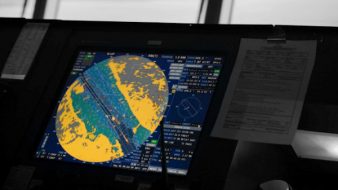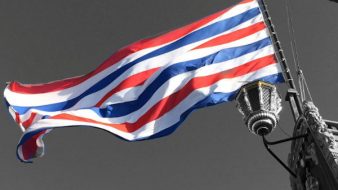| Duration: | 10 Days |
|---|---|
| Entry Requirements: | Academics for any OOW program plus 12 months sea time. |
| Additional Requirements: | None |
| Accreditation: | Accreditation through SAMSA. STCW 78 as amended in 2010 with the Manila amendments. Certification valid for a life-time. |
| STCW Code: | A-II/1 |
Electronic Navigation Systems – Operational Level – STCW A-II/1
Please note – Course changes
ENS is no longer covered as a 2-week course. Please visit the course covering RADAR and ARPA using the link below.
Historically the duration of ENS was 2 weeks covering Theory in week 1 and Simulation and plotting in week 2. Week 2 is now replaced by the RADAR and ARPA course. Week 1 is since January 2023 covered in our Chartwork Module 1 course as part of the subjects. Should you require ENS the correct courses would be to complete the RADAR and ARPA courses and the Subject – Chartwork Module 1.
Link:
Use of RADAR and ARPA – Operational Level – STCW A-II/1 and STCW A-II/3
| Duration: | 10 Days |
|---|---|
| Entry Requirements: | Academics for any OOW program plus 12 months sea time. |
| Additional Requirements: | None |
| Accreditation: | Accreditation through SAMSA. STCW 78 as amended in 2010 with the Manila amendments. Certification valid for a life-time. |
| STCW Code: | A-II/1 |
Learning Objectives: The SAMSA matrix prescribes that the learner should have the following knowledge and practical skills at the end of the course:
- How to conduct a safe passage
- The use of radar to maintain safety of navigation
- The use of radar in SAR operations
- The use of radar in VTS Operations
- The use of electronic navigation equipment
- The use of echo sounders
- The use speed logs
- Operating basic radar equipment
- Obtaining the ship’s position using satellite navigation equipment
- The use the radar set as an aid to navigation
- The use of radar for collision avoidance
- The International Regulations for the Prevention of Collisions at Sea 1972
- The use of Bridge Simulation adds realism to the course as all events take place in real time, but in the safety of a training environment.
Disclaimer: * Prices quoted are PER PERSON ** Lecture/On-Site Courses may be cancelled or rescheduled if minimum course numbers are not met. *** All prices are subject to change without notice. Whilst every effort is made to provide you with the most accurate, up-to-date information, occasionally an item may be incorrectly priced or a price may require updating due to circumstances outside of our control or if changes or improvements are implemented.





